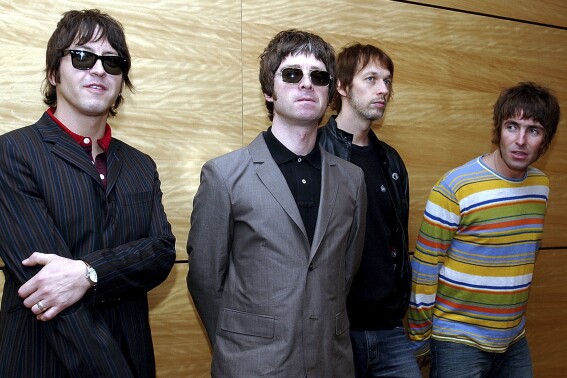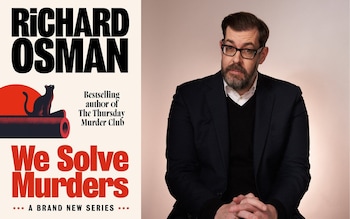As a guide to one of the world’s premier “dark tourism” destinations, Yaroslav Yemelianenko, founder of Ukraine’s Chornobyl Tours, is not one to let a crisis get in the way of business. In January 2022, when Russian troops were massing on the border, he insisted staff “hold on and prepare for the season” in case the threatened invasion never went ahead.
As it turned out, the only visitors that Spring were 1,000 Russian troops, who seized the plant during their march on nearby Kyiv. Officially, the Kremlin claimed this was to stop hotheaded Ukrainian saboteurs turning it into a giant radioactive “dirty bomb”. In practice, the Russians planned to use its 1,000-square mile exclusion zone as a safe haven for their invasion force, gambling that the West would not sanction any fighting there. For the second time in four decades, Chernobyl was at the centre of a nuclear crisis.
While the site had not been a working reactor since its 1986 meltdown, more than 200 staff were still based there to maintain the pumps that cool its spent fuel rods. The Russians kept them hostage for the next 35 days, forcing them to work at gunpoint for what became a 600-hour long shift. Their courage would later win them awards from Volodymyr Zelensky, while the ever-optimistic Yemelianenko is already planning to update the plant’s museum to tell the world of Chernobyl’s latest ordeal.
Given that Ukraine is still at war, and Chernobyl still off limits to visitors, those content to learn the story from a safer distance can now read Chernobyl Roulette, a new book about the Russian occupation by the Harvard historian Serhii Plokhy. Plokhy’s account of scared, overworked technicians toiling round the clock to fend off catastrophe has echoes of the hit TV drama Chernobyl, which recreated the 1986 meltdown. This time, rather than blundering Soviet apparatchiks, the villains are the heavily armed Russian troops, who threaten to turn the plant into a “meat grinder” if the staff don’t obey them.
The twist, however, is that the technicians aren’t easily intimidated. The site’s night foreman, Valentyn Heiko, tells the troops that while they may have the guns, the technicians are the only ones who know how to run the plant. His colleague, Valerii Semenov, also warns that if any staff are harmed, they may quietly flick a switch somewhere that spells doom for all. “We are already emotionally burdened by being confined for such a long time in one workplace,” Semenov tells the Russians. “But if you go farther and insult someone or force him to do something, then who can guarantee that that person won’t turn a valve the wrong way?”
Thus unfolds a claustrophobic psychological drama in which the Russians are both masters and servants, meekly obeying the technicians’ instructions. While other Russian forces are running amok in Kyiv, those within the plant are barred from entering restricted areas and the administrative HQ. Ukrainian security forces are even permitted to remain on duty at certain checkpoints.
As Plokhy writes: “Power in the relations between occupiers and occupied was slowly shifting... The Russians who had come feeling that they were in control now felt trapped, hostages in the place they had allegedly conquered.”
The staff were also able to chalk up small moral victories unthinkable elsewhere on occupied turf. Heiko, for example, was allowed to rehang the Ukrainian flag in front of the main building, while staff got away with wearing garments in Ukraine’s national colours. When a power cut took place, they demanded the Russians provide diesel for back-up generators, diverting it from supplies earmarked for the invasion force. A Russian commander complains that “the diesel generators were guzzling as much diesel as half the front near Kyiv.”
The Ukrainians take advantage of the fact that many of the Russian troops are uneducated grunts from Siberia, so technologically backward that they even looted ancient black and white TVs from the museum exhibit dedicated to the 1986 blast. They were easily spooked about what invisible radioactive horrors might be visited on them if they incurred the technicians’ wrath. One unruly Russian soldier was told: “In which coffin do you want to be shipped – zinc or lead?”
Indeed, such was the Russians’ ignorance that when the siege of Kyiv began faltering in late March 2022, they dug defensive trenches in Chernobyl’s Red Forest, an area so contaminated by the 1986 meltdown that the pine trees turned auburn. When the Russians finally withdrew in April, along with the rest of the Kyiv invasion force, one Ukrainian official joked that: “The Russian troops have left Chernobyl, but Chernobyl will never leave them.”
Plokhy is regarded one of the world’s foremost authorities on Ukraine, and won the Baillie-Gifford non-fiction prize for his 2018 book Chernobyl: History of a Tragedy. This latest work, however, falls somewhat short of its blurb, which claims it to be “as compelling as a thriller”. It is based on interviews with Chernobyl staff by third parties rather than the author himself, and the sense of drama here is often buried under a sarcophagus of background detail and quotes from official communiques. Should Sky want a sequel, though, to their first Chernobyl series, the story told in this book might provide inspiration.
Chernobyl Roulette is published by Allen Lane at £25. To order your copy for £19.99, call 0808 196 6794 or visit Telegraph Books
Disclaimer: The copyright of this article belongs to the original author. Reposting this article is solely for the purpose of information dissemination and does not constitute any investment advice. If there is any infringement, please contact us immediately. We will make corrections or deletions as necessary. Thank you.




